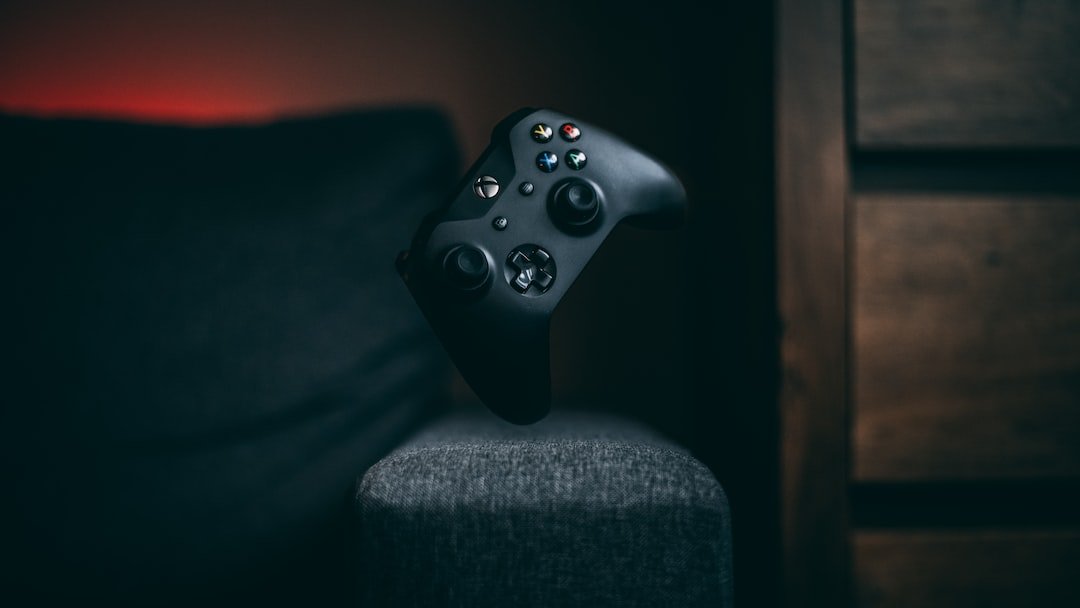The Science of Speed: Racing Games and Real-Life Performance
In the digital age, racing games have taken the gaming world by storm. From the thrilling tracks of the Formula 1 series to the adrenaline-pumping street races of Need for Speed, these games are loved by millions of players worldwide. But have you ever wondered if there’s any connection between these virtual races and real-life performance? Well, it turns out that science has some interesting answers.
Anyone who has played a racing game knows the exhilaration of speeding down a virtual track, maneuvering through hairpin turns and overtaking competitors. But is there any evidence to suggest that spending hours in front of a screen can actually improve our real-life driving skills? According to experts, the answer is a resounding yes.
One of the key factors behind the positive impact of racing games on real-life performance is the development of hand-eye coordination. Racing games require split-second decision-making, precise timing, and the ability to visually process the environment. These skills, when honed in the digital world, can significantly enhance our ability to react quickly and accurately in real-life driving situations.
Studies have shown that regular racing game players tend to have better hand-eye coordination than non-players. This improved coordination translates into better reaction times when faced with unexpected obstacles on the road. In a study conducted by the University of Rochester, participants who played a racing game for just 10 hours showed a 33% increase in their ability to make correct decisions quickly and accurately.
It’s not just hand-eye coordination that is affected by racing games. Another critical aspect of driving, known as spatial awareness, also gets a boost. Spatial awareness refers to our ability to understand and judge the position and movement of objects in relation to ourselves. Racing games, with their intricate tracks and varying surroundings, provide players with ample practice in this aspect.
Research conducted by psychologists at the University of California found that racing game players consistently outperformed non-players in spatial awareness tests. Their ability to estimate distances, judge speeds, and predict trajectories was significantly better. This increased spatial awareness can greatly enhance a driver’s ability to navigate through traffic, change lanes safely, and make informed split-second decisions.
But the benefits of racing games go beyond just enhancing individual driving skills. Racing game enthusiasts often find themselves participating in online multiplayer races, competing against other players from around the world. This brings us to the concept of teamwork and cooperation.
Multiplayer racing games require players to communicate, strategize, and work together as a team to achieve victory. This collaborative aspect of racing games can have a profound impact on real-life driving, as it fosters a sense of situational awareness and the ability to anticipate the actions of other road users.
In a study conducted by the University of Leeds, researchers found that participants who regularly played multiplayer racing games showed improved collaboration and cooperation skills when driving in real-life scenarios. They were more attentive to the actions of other drivers, demonstrated better lane discipline, and were able to navigate through traffic with fewer mistakes.
However, it is important to note that while racing games can provide significant benefits to real-life driving skills, they cannot replace hands-on experience and proper training. Real-world driving involves various factors such as road conditions, weather, and traffic, which cannot be replicated in a virtual environment. Therefore, it is crucial for aspiring drivers to combine gaming experiences with practical driving lessons to develop a well-rounded set of skills.
So, the next time you fire up your favorite racing game, remember that beyond the entertainment and excitement, you are also giving yourself an opportunity to sharpen your driving skills in the real world. The science of speed is more than just a catchy phrase – it’s a reality that bridges the gap between virtual and reality, enhancing our capabilities behind the wheel.

